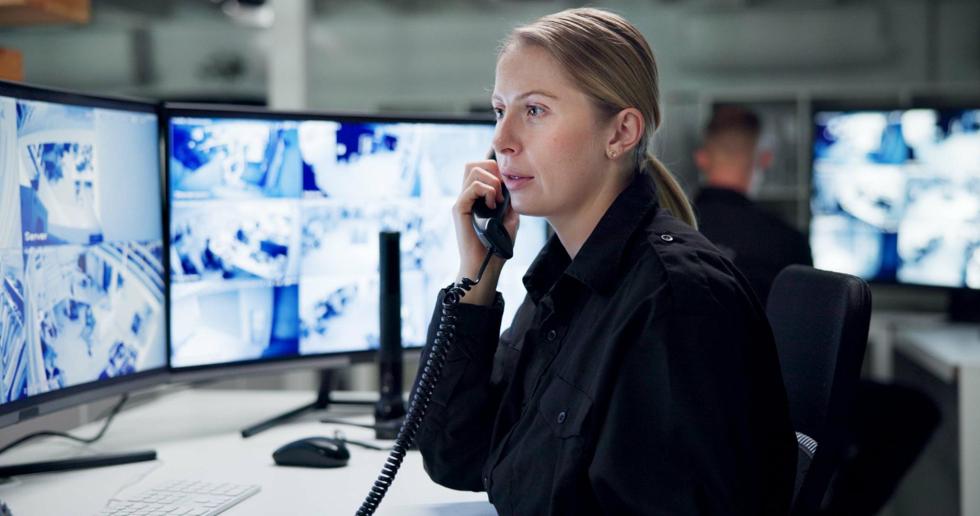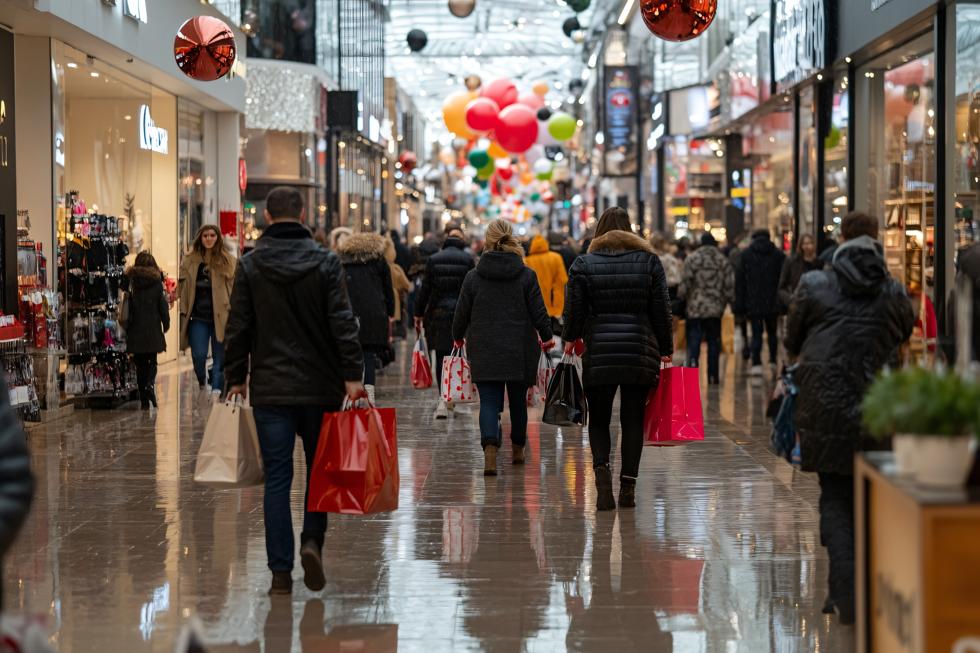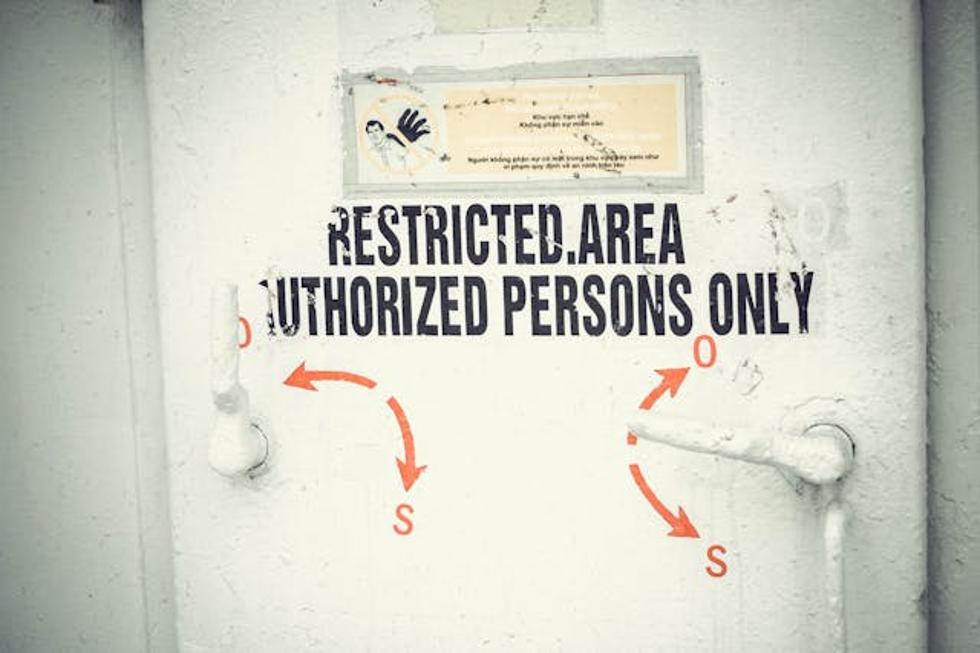Businesses are constantly seeking innovative ways to enhance security while improving operational efficiency. Traditional keys are increasingly being replaced by advanced alternatives such as proximity cards. These high-tech solutions offer businesses enhanced control, convenience, and safety. This shift reflects a broader evolution in how organizations approach access control and security.
At Avon Security Products, we proudly serve over 25,000 clients across Canada. With our expertise in large-scale identification projects and a commitment to long-term client satisfaction, we play a pivotal role in redefining security solutions for organizations of all sizes.
Let’s explore the key differences between proximity cards and traditional keys, how each impacts modern business security and why proximity cards are emerging as the superior choice for access control.
Traditional Keys: A Security System Past Its Prime
For decades, keys have been the standard for controlling access to physical spaces. While simple and familiar, they come with significant drawbacks. Keys are easily lost or stolen, creating vulnerabilities for businesses. In fact, Lost and found offices handle an average of 70 misplaced items monthly, with keys, wallets, and cell phones topping the list. A misplaced key often necessitates costly and time-consuming lock replacements, especially if multiple locks are affected.
Moreover, keys offer no way to monitor or control who uses them. Once handed out, they provide unrestricted access to the holder. This lack of traceability can pose security risks, particularly in larger organizations where multiple people require access to sensitive areas. In a world where data breaches and physical security are top concerns, traditional keys no longer meet the needs of most modern businesses.
Proximity Cards: The Future of Access Control
Proximity cards, on the other hand, are a game-changer for business security. These cards use radio-frequency identification (RFID) technology to grant or restrict access to secured areas. By simply holding a proximity card near a reader, users can unlock doors without physical contact, enhancing both convenience and hygiene – a feature especially appreciated in the wake of recent global health concerns.
Our proximity cards are not just about ease of use; they also provide enhanced control. Administrators can easily deactivate a lost or stolen card, eliminating the need to change locks.
Cost Efficiency and Scalability
While proximity card systems require an initial investment, they are more cost-efficient in the long run. Replacing a lost card is significantly cheaper and faster than changing locks and reissuing keys. For growing businesses, proximity card systems are also highly scalable. New employees can be issued cards in seconds, and access permissions can be updated instantly without replacing hardware.
Traditional keys, by contrast, become increasingly unwieldy as businesses expand. Managing hundreds – or even thousands – of keys introduces logistical headaches, from tracking who has which key to ensuring keys are returned when employees leave. Proximity cards eliminate these challenges, making them the ideal solution for scaling security systems.
Enhanced Security with Unique Proximity Cards
Modern proximity cards from Avon Security Products offer even greater security through unique proximity cards customized to ensure that no two cards are alike. These cards carry unique identifiers, reducing the risk of duplication and unauthorized access.
Businesses can also integrate these cards with advanced software to track entry logs, providing a digital record of who accessed what and when. This feature is invaluable for maintaining accountability within an organization.
Whether you need to secure sensitive financial records, research facilities, or employee-only areas, unique proximity cards offer security and monitoring that keys cannot match.
Integration with Modern Technology
Proximity cards integrate seamlessly with other technologies, further enhancing their appeal. For instance, they can be combined with time-tracking systems to monitor employee attendance or linked with smart building systems to control lighting, heating, and more. These integrations improve operational efficiency and align with sustainability goals by reducing energy waste.
Traditional keys lack this versatility, reinforcing their limitations in today’s technology-driven environment. By adopting proximity cards, businesses can future-proof their security systems while taking advantage of additional technological benefits.
A Smarter Choice for Businesses
When comparing proximity cards to traditional keys, the advantages of the former are clear. Proximity cards offer enhanced security, better control, and significant convenience, making them the smarter choice for businesses looking to protect their assets and employees. Organizations that have embraced this technology, such as those served by Avon Security Products, are leading the way in redefining what business security means.
Whether managing access for a small team or securing a facility with hundreds of thousands of employees, proximity cards provide a flexible, scalable, and secure solution that meets the demands of the modern workplace.
Conclusion
As businesses strive to adapt to a rapidly changing world, upgrading from traditional keys to proximity cards is more than just a trend – it’s a necessity. By investing in this innovative technology, companies can ensure a safer, more efficient future.










